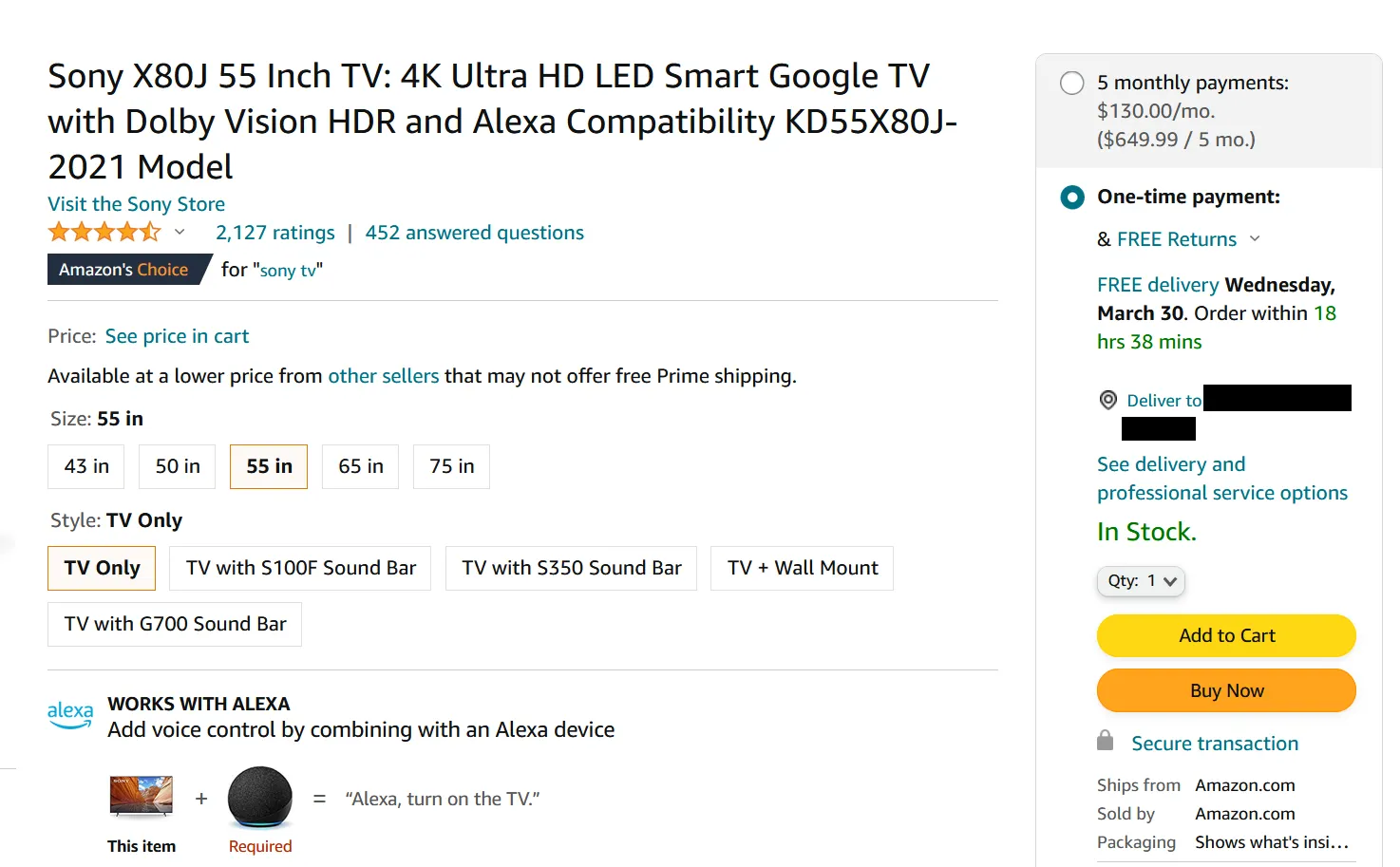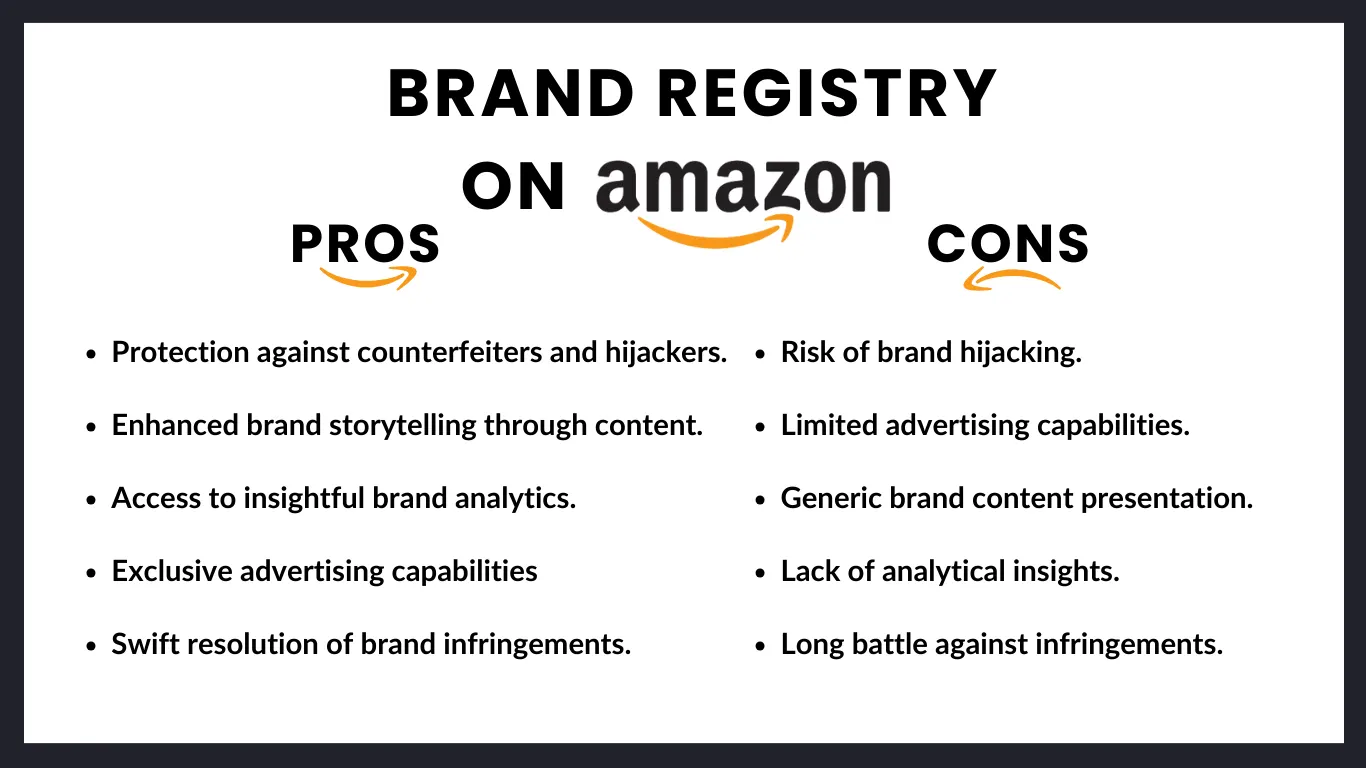How to Save Your Amazon Listings from Hijackers

In the competitive world of e-commerce, maintaining control over your Amazon listings is crucial for your brand's reputation and profitability.
Hijackers, unauthorized sellers who list counterfeit or inferior versions of your products, can damage your brand’s image, steal your sales, and lead to customer dissatisfaction. This article explores effective strategies to protect your Amazon listings from hijackers.
Understanding Amazon Listing Hijacking
Amazon listing hijacking occurs when unauthorized sellers list counterfeit, used, or substandard products on your established listing. These hijackers often undercut your prices, leading customers to purchase their inferior products, resulting in negative reviews and a tarnished brand image.
Signs of Hijacking
Protecting your Amazon listings from hijackers requires vigilance and an understanding of the warning signs. Here are the detailed signs that indicate your listing may be hijacked:
1. Price Drop
A sudden and significant decrease in the price of your product can be a red flag. Hijackers often undercut the price of your product to attract more buyers quickly.
Why It Happens:
Hijackers are typically selling counterfeit, stolen, or substandard products at a lower cost. They aim to gain a quick market share by offering a cheaper alternative to your genuine product.
What to Watch For:
- Price Fluctuations: Monitor your listing for sudden changes in price that you did not initiate.
- Comparative Price Analysis: Compare your product's price history with similar products to identify any abnormal drops.
Action Steps:
- Price Tracking Tools: Use tools like Keepa or CamelCamelCamel to track your product’s price history and set alerts for sudden changes.
- Regular Checks: Regularly check your listing, especially during peak sales periods like holidays or promotions.
2. Poor Reviews
An influx of negative reviews, especially those mentioning poor quality, incorrect items, or discrepancies in packaging, can indicate that counterfeit products arebeing sold under your listing.
Why It Happens:
Customers who purchase hijacked products often receive inferior or fake items, leading to dissatisfaction and negative reviews. These reviews can damage your brand's reputation and lower your product’s overall rating.
What to Watch For:
- Review Content: Look for specific complaints about product quality, authenticity, and packaging.
-
Sudden Spike in Negative Reviews: A sudden increase in negative reviews could indicate hijackers are active.
Action Steps:
- Monitor Reviews: Regularly read new reviews and look for patterns indicating counterfeit sales.
- Respond to Reviews: Address negative reviews promptly, clarifying any misinformation and reassuring genuine customers.
3. Buy Box Loss

Explanation:
The Buy Box is the section on a product detail page where customers can directly add items to their cart. Losing the Buy Box can significantly impact your sales, as the majority of purchases are made through it.
Why It Happens:
Hijackers often win the Buy Box by undercutting your price or using dubious means to manipulate Amazon’s algorithms in their favor. This results in their counterfeit products being featured prominently instead of yours.
What to Watch For:
- Buy Box Status: Regularly check if you are still winning the Buy Box for your listings.
-
Seller Information: See if the Buy Box is being won by an unfamiliar or unauthorized seller.
Action Steps:
- Maintain Competitive Pricing: Keep your prices competitive while ensuring profitability.
- Fulfillment by Amazon (FBA): Use FBA to improve your chances of winning the Buy Box through faster shipping and better customer service.
4. Unfamiliar Sellers
Explanation:
Unauthorized sellers appearing on your listing is a clear sign of hijacking. These sellers often offer counterfeit or grey market products that undercut your genuine offerings.
Why It Happens:
Hijackers exploit your established listing to sell their counterfeit goods, bypassing the need to create their own product pages. This allows them to leverage your brand’s reputation and customer base.
What to Watch For:
- New Sellers: Monitor the list of sellers offering your product. Unfamiliar names or sellers with no prior history on your listings are suspicious.
- Seller Ratings: Check the ratings and reviews of new sellers. Low ratings and negative feedback can indicate hijackers.
Action Steps:
- Seller Central Tools: Use Amazon Seller Central tools to monitor your listings and identify unauthorized sellers.
- Brand Registry: Enroll in Amazon Brand Registry to gain more control over your listings and access tools to remove unauthorized sellers.
By understanding and monitoring these signs of hijacking, you can take proactive steps to protect your Amazon listings. Regular vigilance, coupled with the use of monitoring tools and Amazon’s brand protection services, can help you safeguard your brand’s integrity and maintain customer trust. Remember, prompt action is crucial when you detect any signs of hijacking to minimize potential damage to your business.
Preventive Measures
1. Brand Registry:

Amazon Brand Registry provides powerful tools to protect your brand. To enroll, you need a registered trademark. Benefits include:
- Proactive Brand Protection: Automated protections that use your brand’s trademarks, logos, and other identifiers to find and remove potentially infringing content.
- Enhanced Content: Access to enhanced marketing content and A+ Content, which can help improve your brand’s presence and conversion rates.
2. Unique Product Identifiers:
Use unique product identifiers like GS1 barcodes, and ensure your products have a unique UPC, EAN, or ISBN. This makes it harder for hijackers to list counterfeit products under your listings.
3. Customized Packaging:
Implement unique packaging that is difficult to replicate. Use branded boxes, holograms, and tamper-evident seals. Highlight these features in your product images and descriptions to inform customers about what to expect.
4. High-Quality Images and Videos:
Use high-resolution images and videos that clearly show your brand name, logo, and unique packaging. This not only enhances the customer experience but also acts as a deterrent for hijackers.
5. Monitor Listings Regularly:
Keep a close eye on your listings. Regularly check for new sellers, sudden price drops, and changes in the Buy Box. Use tools like Helium 10, AMZ Alert, and Keepa to monitor your listings automatically.
Reactive Measures
- Contact the Seller:
Reach out to the unauthorized seller directly. Sometimes a polite but firm message asking them to cease selling your product can be effective. - Report to Amazon:
Use Amazon’s Report Infringement tool to report hijackers. Provide as much evidence as possible, including:
- Contact the Seller:
- Proof of Trademark: Your registered trademark certificate.
- Proof of Purchase: Invoices and receipts from your supplier.
- Comparative Images: Side-by-side images of your authentic product and the counterfeit.
- Cease and Desist Letters:
Send a cease and desist letter to the hijacker. This formal legal document can often deter hijackers from continuing their actions. Consider hiring an attorney to draft this letter for maximum impact. - Test Buys:
Purchase the suspected hijacker’s product. This allows you to gather concrete evidence of the counterfeit or substandard product. Once you receive the product, take detailed photographs and compare it with your authentic product. - Enhanced Brand Content (EBC):
Utilize EBC to add more details to your product listings. Highlight features, benefits, and any unique aspects of your product. This can help customers distinguish between your product and counterfeit versions.Advanced Strategies
- Create Bundles and Kits:
Hijackers often find it difficult to replicate bundled products. Create unique product bundles or kits that are exclusive to your brand. - Amazon Transparency Program:
This program allows you to assign unique codes to each unit you manufacture. Customers and Amazon can then scan these codes to verify the authenticity of the product. - Intellectual Property Accelerator:
Amazon’s IP Accelerator helps you obtain trademarks quickly, making enrolling in Brand Registry easier and gaining access to brand protection tools.4. Legal Action:
If hijacking persists, consider taking legal action. This might involve filing a lawsuit for trademark infringement. Consult with an attorney specializing in intellectual property to explore this option.
5. Enhanced Customer Communication:
Communicate with your customers through packaging inserts, emails, and social media. Educate them on how to identify authentic products and encourage them to report suspicious listings.
Conclusion
Protecting your Amazon listings from hijackers is an ongoing process that requires vigilance, strategic planning, and proactive measures. By leveraging Amazon’s tools, maintaining unique product identifiers, and monitoring your listings regularly, you can minimize the risk of hijacking.
If hijacking occurs, swift action through reporting, legal avenues, and enhanced customer communication can help reclaim your listings and protect your brand’s integrity. Stay informed and proactive to ensure your Amazon business remains secure and successful.
- Cease and Desist Letters:
